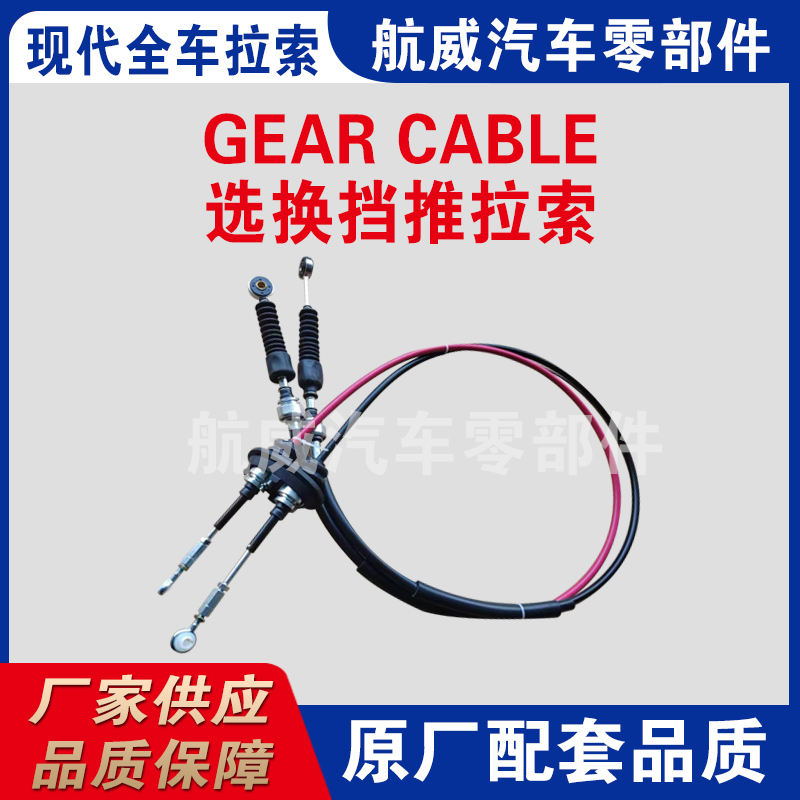Hydraulic Clutch Hose for Enhanced Performance and Durability in Automotive Applications
Understanding Hydraulic Clutch Pipes The Heart of Modern Clutch Systems
In the realm of automotive engineering, the clutch system plays a crucial role in the functionality and performance of vehicles, particularly in manual transmissions. Among the key components that facilitate smooth operation of the clutch is the hydraulic clutch pipe. This article provides a detailed exploration of hydraulic clutch pipes, their functions, types, and significance in modern vehicles.
What is a Hydraulic Clutch Pipe?
A hydraulic clutch pipe is a critical component of the hydraulic clutch system that connects the master cylinder to the slave cylinder. The primary function of this pipe is to transport hydraulic fluid under pressure, which enables the engagement and disengagement of the clutch. Unlike traditional cable-operated systems, hydraulic systems rely on the incompressibility of fluid to transmit force efficiently, allowing for smoother operation and reduced driver fatigue.
The Working Principle of Hydraulic Clutch Systems
When the driver presses the clutch pedal, the master cylinder generates hydraulic pressure by pushing hydraulic fluid through the hydraulic clutch pipe. This pressurized fluid travels to the slave cylinder, where it acts on a piston, subsequently engaging or disengaging the clutch mechanism. The entire process is seamless and requires minimal effort from the driver, making hydraulic systems particularly favored in modern cars.
One of the standout features of hydraulic clutch systems is their ability to provide a more consistent and reliable clutch feel. Unlike mechanical systems that may suffer from cable stretch or friction, hydraulic systems maintain a steady pedal travel and feedback, contributing to better control and performance.
Types of Hydraulic Clutch Pipes
Hydraulic clutch pipes can be categorized based on materials and designs. The most common types include
hydraulic clutch pipe

1. Rubber Hydraulic Hoses These are flexible pipes commonly used in hydraulic systems due to their ability to withstand high pressure and temperature variations. Rubber hoses often come with a protective braid layer to enhance durability and prevent swelling.
2. Metallic Pipes Typically made from stainless steel or aluminum, these pipes are used in applications where rigid lines are necessary. They offer superior strength and resistance to abrasion and are often employed in high-performance or heavy-duty vehicles.
3. Composite Pipes A newer development in hydraulic technology, composite pipes combine the advantages of both rubber and metal. They are lightweight, resistant to corrosion, and flexible, making them a popular choice for modern automotive designs.
Each type of hydraulic clutch pipe is engineered to meet specific requirements based on the vehicle's design and performance characteristics.
Importance of Hydraulic Clutch Pipes in Vehicle Performance
The performance and reliability of hydraulic clutch pipes are vital to the overall functionality of the clutch system. Any failure in the hydraulic circuit can lead to impaired clutch performance, resulting in difficulties in shifting gears and, in severe cases, complete system failure. Regular inspection and maintenance are essential to ensure that the hydraulic clutch pipes remain free from leaks, cracks, or other forms of damage.
Moreover, the design of the hydraulic clutch system—including the pipes—can significantly affect the vehicle's driving experience. A well-functioning hydraulic clutch ensures smooth gear transitions, enhances control during high-performance driving, and minimizes the risk of stalling, particularly in manual vehicles.
Conclusion
Hydraulic clutch pipes may seem like an inconsequential component in the vast machinery of an automobile, but they play a pivotal role in ensuring the efficiency and reliability of the clutch system. As automotive technology continues to evolve, the design and materials used in hydraulic clutch pipes are also advancing, leading to improved performance and greater durability. Understanding this crucial component can provide valuable insights into the mechanics of modern vehicles and enhance appreciation for the engineering that keeps our cars running smoothly. Regular maintenance of hydraulic systems, including the inspection of clutch pipes, is essential for ensuring lasting performance and safety on the road.
-
Upgrade Your Vehicle with High-Quality Handbrake CablesNewsNov.01,2024
-
Optimize Your Bike's Performance with Quality CablesNewsNov.01,2024
-
Enhance Your Vehicle's Performance with Quality Clutch ComponentsNewsNov.01,2024
-
Elevate Your Vehicle's Performance with Quality Throttle CablesNewsNov.01,2024
-
Elevate Your Vehicle's Performance with Quality CablesNewsNov.01,2024
-
Affordable Solutions for Your Cable NeedsNewsNov.01,2024
